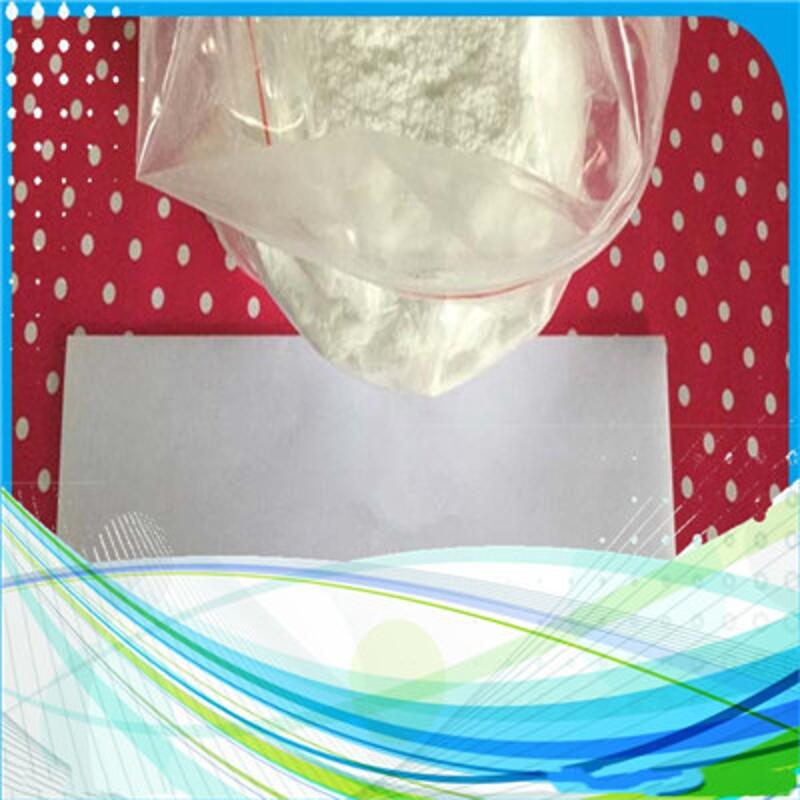PNAs: "cluster induction switch" to control the metabolic capacity of engineered bacteria
-
Last Update: 2019-12-06
-
Source: Internet
-
Author: User
Search more information of high quality chemicals, good prices and reliable suppliers, visit
www.echemi.com
January 6, 2019 news / BIOON / -- through the transformation of microorganisms, various useful compounds can be produced, including plastics, biofuels and drugs However, in many cases, bacteria need to compete in the metabolic pathways of "self-sustaining" and "synthetic products" To help optimize the ability of cells to produce the desired compounds and maintain their own growth, MIT chemical engineers have devised a way to induce bacteria to switch between different metabolic pathways at different times These switches are "programmed" into the bacterial genome and are triggered or turned off based on population density changes without human intervention "We hope that this will allow for more precise regulation of bacterial metabolism so that we can achieve higher productivity, but at the same time minimize the number of interventions," said kristala Prather, a chemistry professor at the author of the paper This transformation allows researchers to increase the microbial production of two different products tenfold (image source: www Pixabay Com) Christina Dinh, a graduate student at MIT, is the lead author of the paper, which was recently published in PNAS In order for microbes to synthesize compounds that are not normally produced, engineers inserted genes for enzymes involved in the metabolic pathway In some cases, the intermediates produced in these reactions are also part of the existing metabolic pathways in cells When cells transfer these intermediates to other ways than engineering, the total output of the final product will be reduced Using a concept called dynamic metabolic engineering, Prather has previously built switches that help cells maintain a balance between their own metabolic needs and the way they produce the desired products Her idea is to program the cells to switch between pathways automatically, without any intervention from people who operate the reacting fermentor The MIT team modified their E coli cells to secrete a quorum sensing molecule called AHL When the Ahl concentration reaches a certain level, the cell will turn off an enzyme, which will transfer the gluconic acid precursor to one of the cell's own metabolic pathways This allows the cell to grow and divide normally until the population is large enough to start producing a large number of required products In the new PNAs paper, Prather and Dinh start to design multiple switching points into their cells, so as to give them more control over the production process To do this, they used two quorum sensing systems from two different bacteria They integrated these systems into E.coli and were engineered to produce a compound called naringin, a flavonoid naturally found in citrus fruits that has a variety of health benefits Using these quorum sensing systems, the researchers designed two switching points into the cell A switch was designed to prevent bacteria from transferring the naringin precursor, called malonyl COA, into the cell's own metabolic pathway At another switching point, the researchers delayed the production of enzymes in their engineered pathway to avoid accumulating too many precursors to inhibit naringin synthesis The researchers created hundreds of variants of E coli and performed the switches at different population densities, allowing them to identify which of the most productive The best performing strains showed a tenfold increase in naringin production compared to strains without these built-in control switches (bio.com) information source: a new way to control micro metrology original source: Christina v Dinh, kristala L J Prather Development of an autonomous and bifunctional quorum sensing circuit for metallic flux control in engineered Escherichia coli Proceedings of the National Academy of Sciences, 2019; 201911144 DOI: 10.1073/pnas.1911144116
This article is an English version of an article which is originally in the Chinese language on echemi.com and is provided for information purposes only.
This website makes no representation or warranty of any kind, either expressed or implied, as to the accuracy, completeness ownership or reliability of
the article or any translations thereof. If you have any concerns or complaints relating to the article, please send an email, providing a detailed
description of the concern or complaint, to
service@echemi.com. A staff member will contact you within 5 working days. Once verified, infringing content
will be removed immediately.







